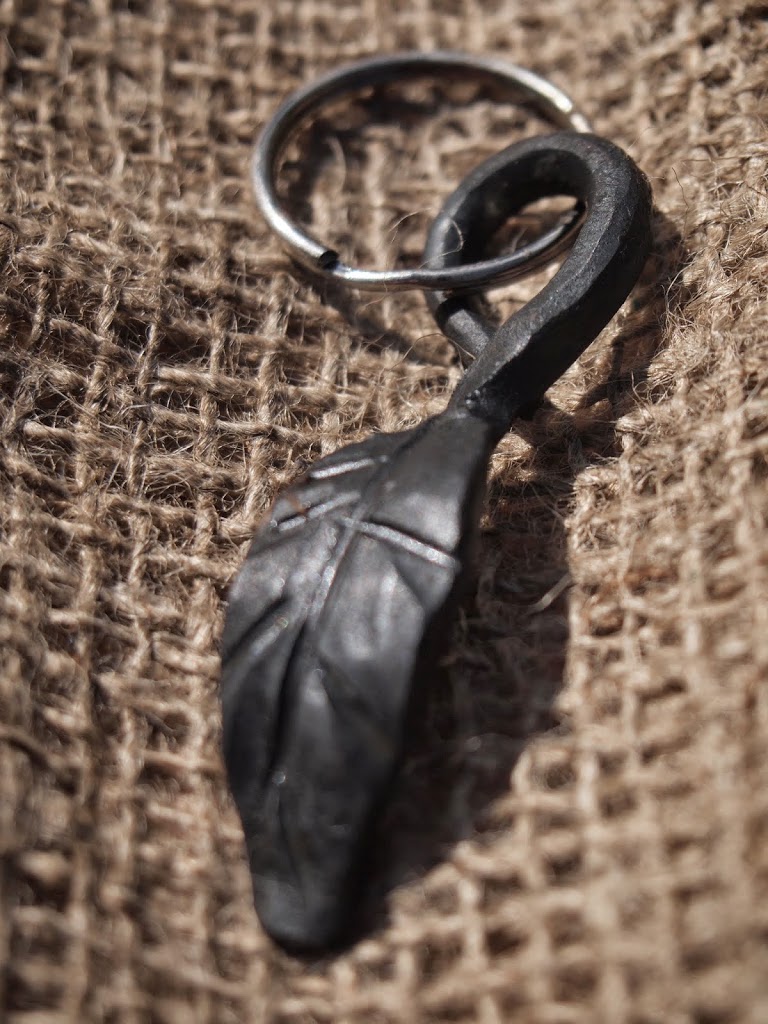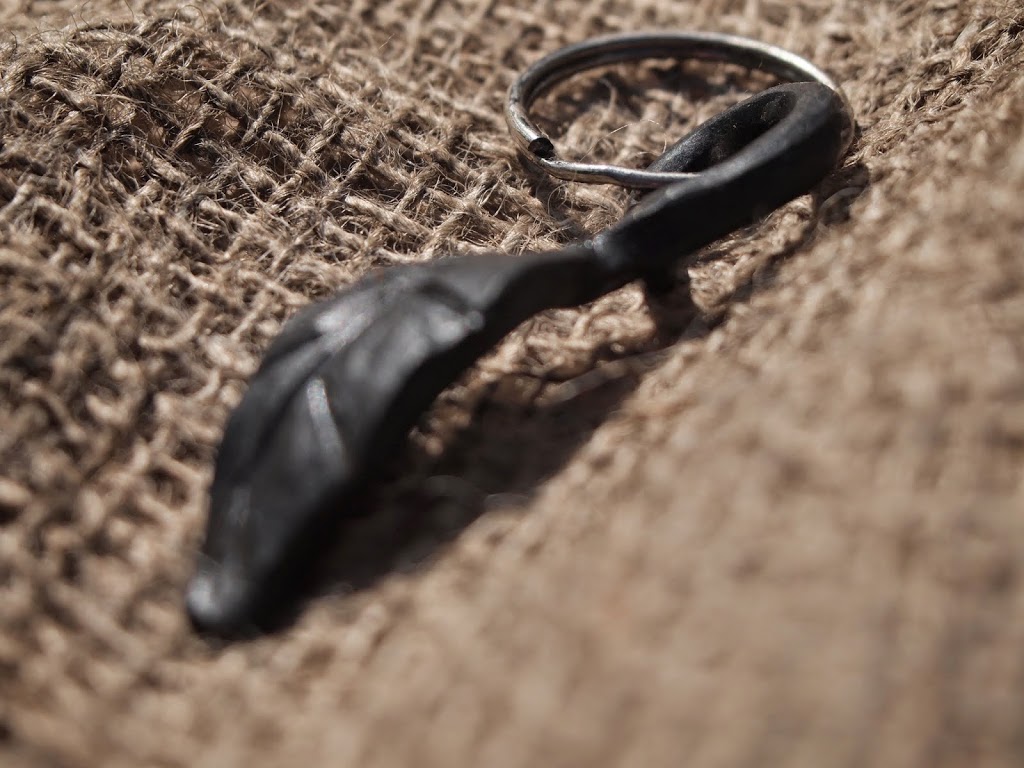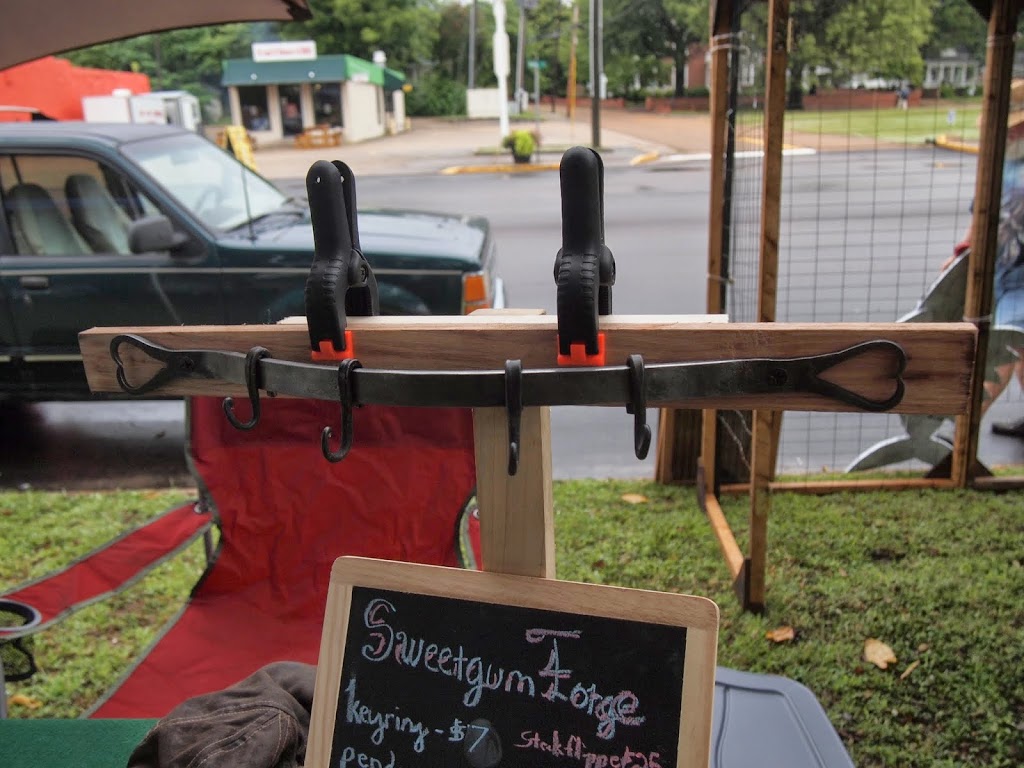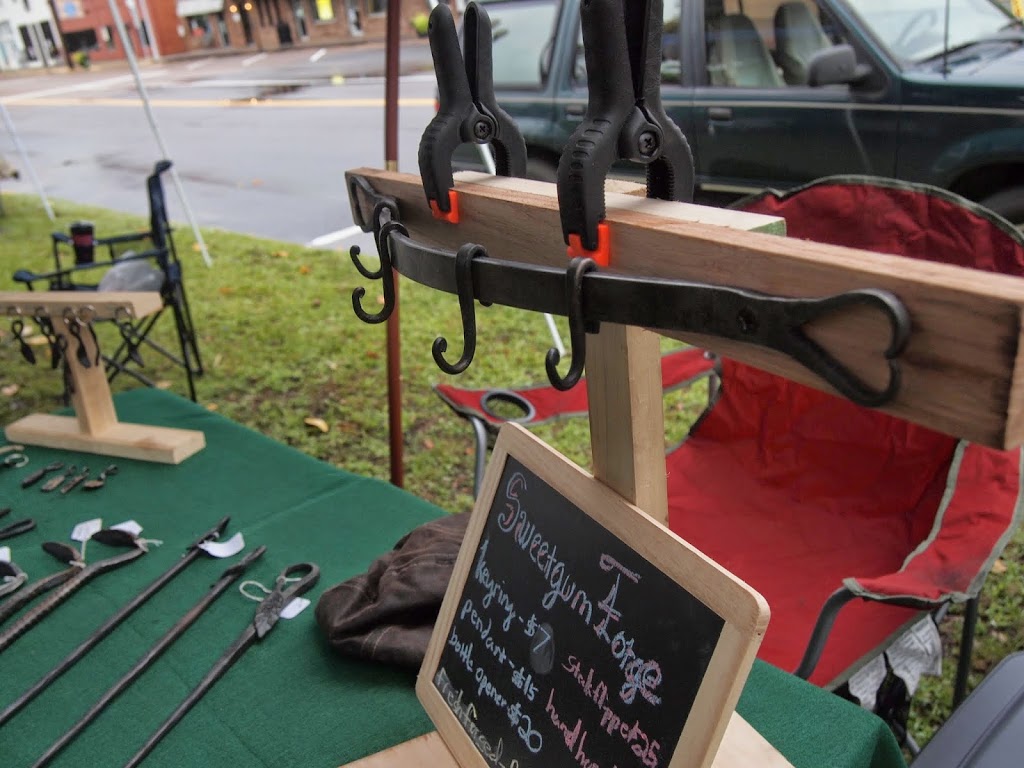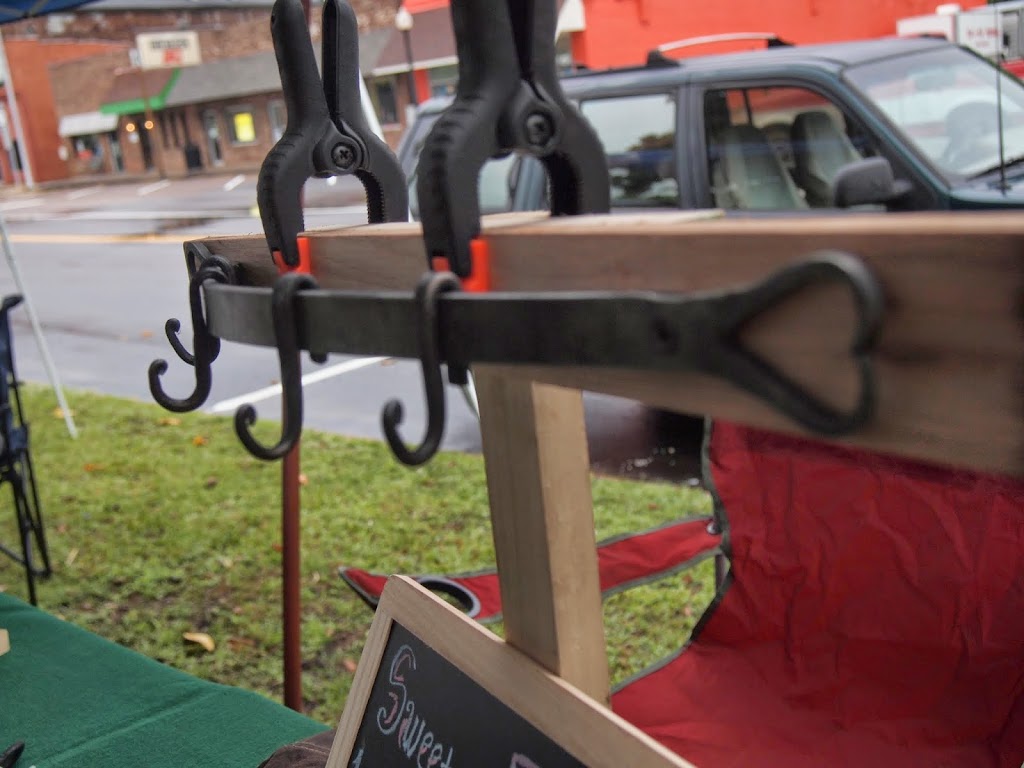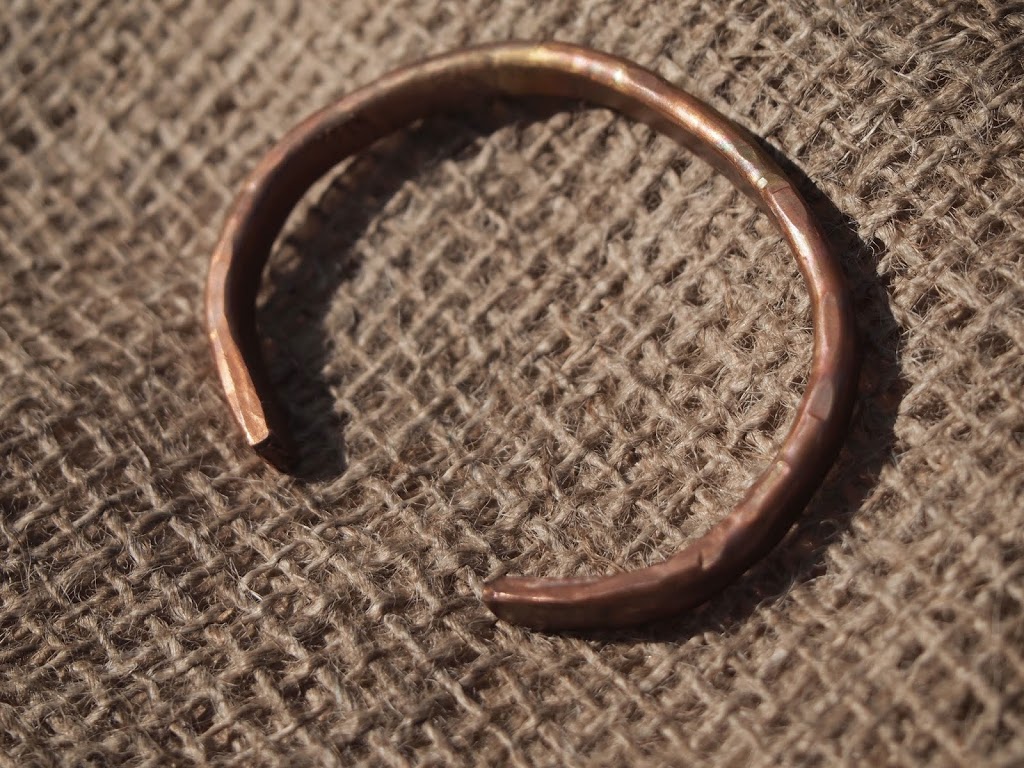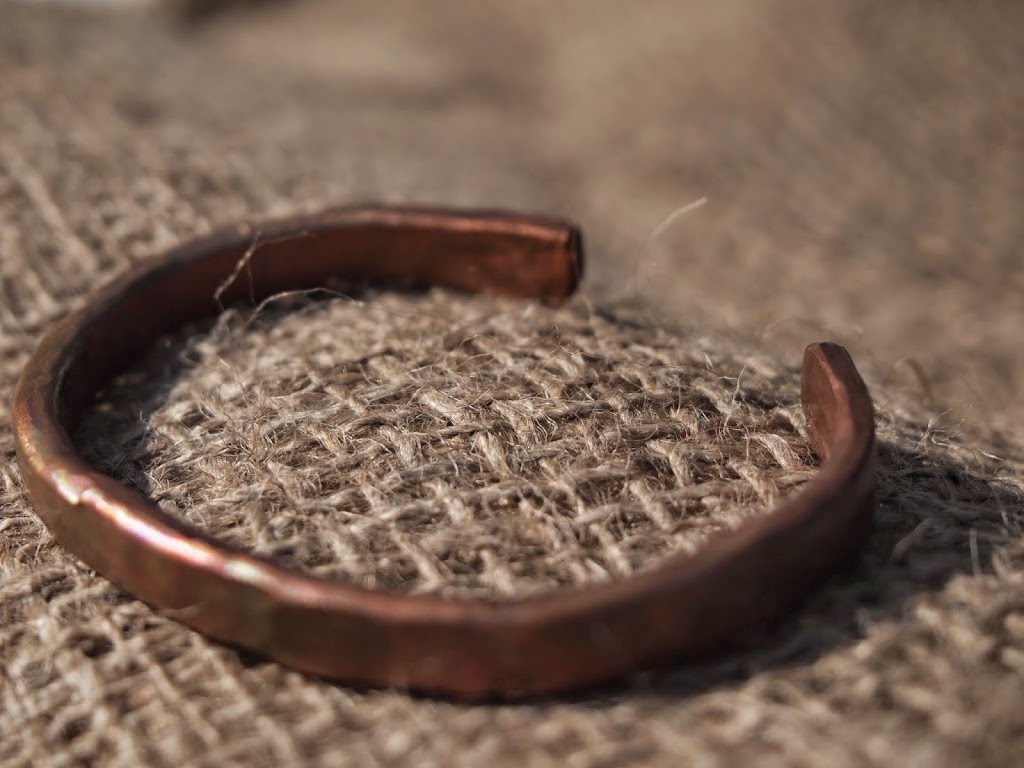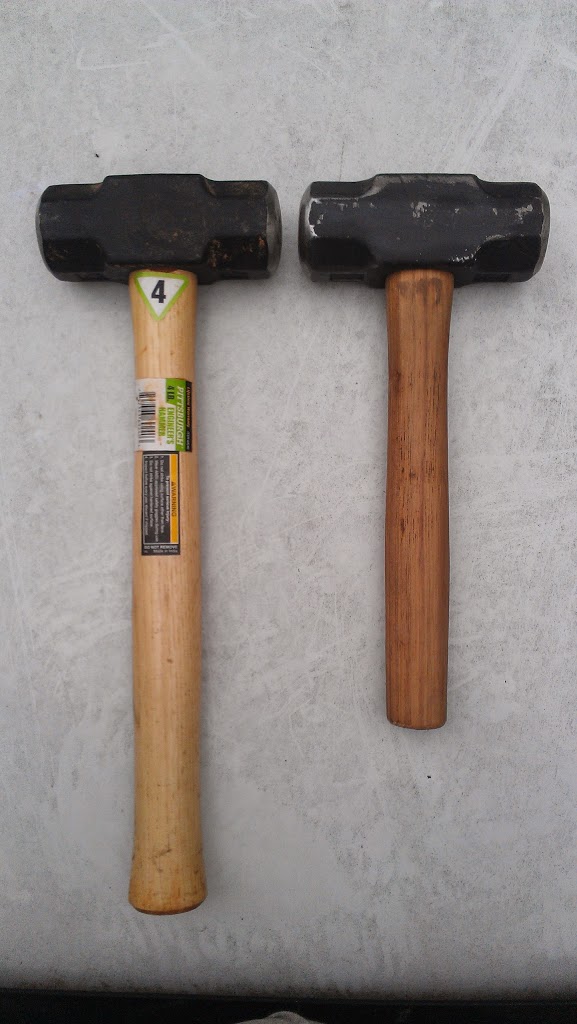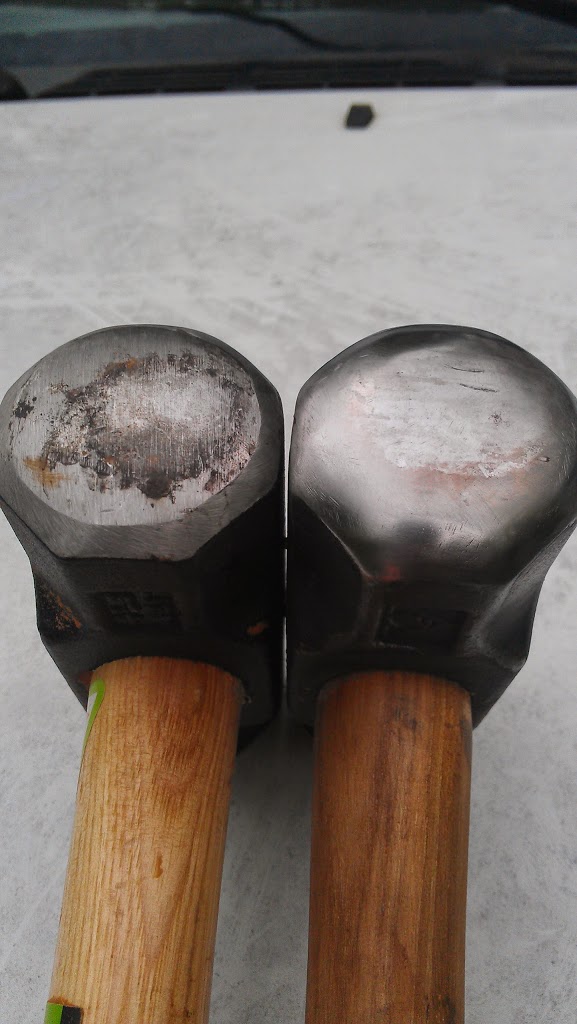These little guys have become a standard stock item. They’re great little inexpensive gifts. Hand forged from mild steel, each one is unique (just like mother nature intended). I’ve been refining the tools and techniques I use to make these, they’re great practice for hammer control and tool use.
The King of Crafts
Blacksmithing is sometimes known as “The King of Crafts”, and you’ll hear a phrase “by hammer and hand all crafts do stand” if you hang around blacksmiths enough. They come from an oft-told story, the origins of which I’m unsure. Here’s one version courtesy of Anvilfire.com
—————————–
“There can be only ONE King, and I am he! But I will decide which is the most important craft, and permit the leader of the guild hall for that craft to be seated at my table with me and he shall be known as King of Craftsmen.
“FOR BY HAMMER AND HAND, DO ALL CRAFTS STAND”
Filed under Musings
Utensil Racks!
I have added utensil racks to the lineup. These are designed to mount to the wall and they have moveable hooks so you can hang spoons, spatulas, etc from them. I can also make heavier-duty models that will hold pots and pans. I can make them to any width, but I plan on having a few with 16″ on center mounting holes on hand, this is the standard width for studs in residential construction so these should work in most houses. Overall width will be around 18″. I can, of course, custom make other designs and widths.
Filed under Products
Calendar added to Facebook
I have added a calendar app to the Sweetgum Forge Facebook page, I’ll be keeping it updated with shows I’m attending. Check it out!
Filed under News
Bashing Copper
I’ve been playing with copper lately for a variety of reasons. It’s enjoyable to work, uses similar techniques to working iron, and people like it. Additionally, I’m in the process of putting together a portable setup that will allow me to bang out bracelets and such at craft shows – sort of a mini-demo. I’m using a cheap harbor freight 15lb anvil (DO NOT BUY ONE FOR BLACKSMITHING – it’s just too soft), inexpensive clamp-on vise, and I’m thinking about building a soup-can forge powered by a propane torch to anneal the metal. The idea is to have a setup that will fit in a 6 gallon rubbermaid tote.
I’ll post more about it if/when it all comes together, in the meantime here’s a bracelet.
Filed under Products
First you need a hammer…
A hammer is one of the essential tools of blacksmithing. There’s a wide variety of commercially-made, custom made, hand made, and modifiable hammers on the market. Most of the other smiths I’ve seen work are using relatively heavy hammers with a flat face and rounding face, al-la Brian Brazeal. Until I can get around to forging one I decided the best way to acquire one would be to modify a 4lb sledge hammer. It’s fairly easy to do, but it’ll require an angle grinder, file, and some fine sandpaper.
Here’s a “before and after” shot:
Filed under Tools
Beginnings…
I’ve been playing with metal for several years, from heating up horseshoe nails with a propane torch and hammering out small knives as a kid to a smattering of jewelry work. I’ve been playing with wood, from boxes to small pieces of furniture. The two interests converged when I began reading more of Robin Wood’s blog and decided to try green wood turning, specifically bowl turning. There’s few commercial makers of bowl turning hooks, traditionally turners forged their on. So I took a blacksmithing class and, well, I still haven’t gotten around to building a lathe but I’ve built a forge!
I’m working on some pieces for my etsy shop and for myself. I enjoy organic shapes and traditional technique – I’m not opposed to oxy-acetylene welding but it’s not the first tool I reach for.
I’ll be updating the blog as I produce more and as I learn new techniques. Keep an eye out for photos coming soon!
Filed under News

